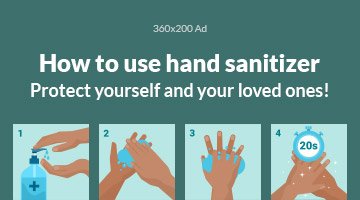Hey there, health-conscious readers! Today, we’re diving into the often overlooked yet crucial topic of sodium and its impact on our health. That little salt shaker in your kitchen might be doing more harm than you think. So, how much sodium is too much? Let’s find out.
Sodium is an essential mineral, but unfortunately, our modern diets tend to have an overabundance of it. Too much sodium can lead to high blood pressure, an increased risk of heart disease, and other health issues. The problem is, sodium is hidden in many of the foods we eat every day, making it difficult to keep track of our intake.
The first step in answering the “how much is too much” question is to understand the recommended daily sodium intake. The American Heart Association recommends no more than 2,300 milligrams of sodium per day for most adults. However, for those with high blood pressure or other health conditions, a lower intake may be necessary. aim for around 1,500 milligrams or less.
Now, let’s take a look at some common sources of sodium in our diets. Processed foods, especially convenience meals, canned goods, and fast food, are often loaded with sodium to enhance flavor and extend shelf life. Reading food labels is crucial to identify the sodium content and make informed choices. Be on the lookout for high-sodium ingredients like sodium chloride (table salt), sodium benzoate, and monosodium glutamate (MSG).
Another surprising source of sodium is restaurant and takeout food. Many dishes are prepared with generous amounts of salt to make them more appealing. When dining out, ask for sauces and dressings on the side, and be mindful of added sodium in dishes like soups, sandwiches, and pizzas.
So, what can you do to reduce your sodium intake and keep your health in check? Here are some tips:
- Cut back on processed foods and focus on whole, unprocessed options like fresh fruits, vegetables, and lean proteins.
- Use herbs, spices, and lemon juice to enhance the flavor of your meals instead of relying solely on salt.
- When cooking at home, experiment with alternative seasonings and low-sodium options.
- Be cautious of condiments like soy sauce, ketchup, and salad dressings, as they can be high in sodium. Look for low-sodium versions or make your own.
It’s also important to stay hydrated by drinking plenty of water throughout the day. This helps your body flush out excess sodium and keeps you feeling refreshed.
Remember, reducing sodium intake is a gradual process. Start by making small, sustainable changes and gradually work your way towards a healthier sodium balance. By being mindful of the salt shaker and making smart choices, you’re taking a proactive step towards better health.
In conclusion, understanding how much sodium is too much is key to protecting your health. By being aware of the hidden sources of sodium and making intentional choices, you can take control of your salt intake and improve your overall well-being. Let’s break the salt habit and embrace a healthier lifestyle!
Disclaimer: Individual needs may vary, so it’s always a good idea to consult with a healthcare provider or registered dietitian for personalized advice regarding sodium intake and overall health.






